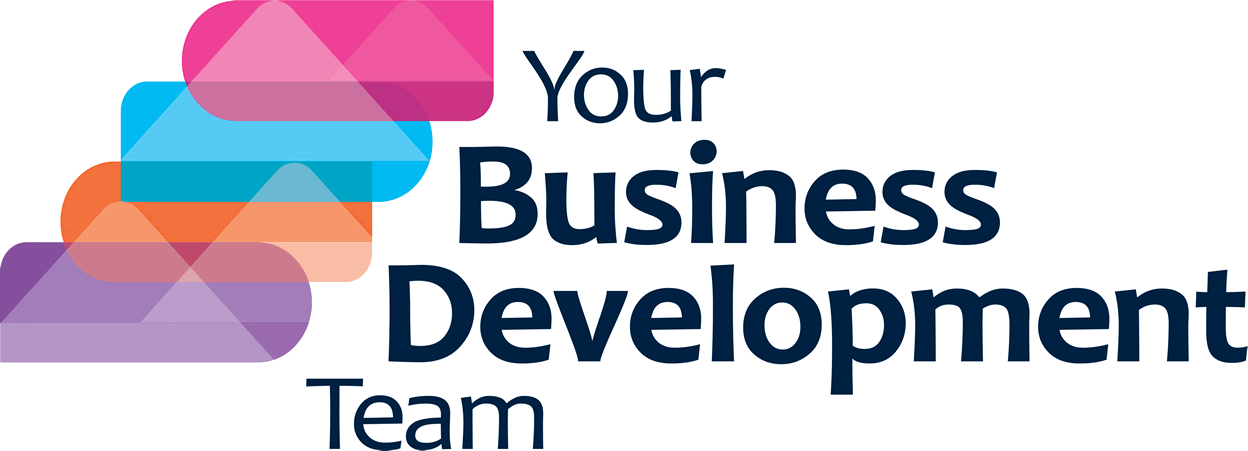There are few decisions in business as critical as choosing a coach. They will become embedded in your business and be privy to your successes and failures. Putting a coach or consultant in front of potential clients needs to be handled sensitively. Some businesses choose to work with coaches at the point they are having problems, so building a supportive relationship that forms confidence in the coach through regular contact is a critical path for fostering long term connections.
In our blog back in July we talked about building a sales pipeline that is fit for the future. Coaches and consultants need that pipeline every bit as much as businesses with a less intangible offering. We talked then about the gap that can occur from not having an eye on work for the future while supporting your existing projects. Businesses, and their owners, need the backing of their coaching and consulting network more than ever so you may be spending more time on each client than may have been typical before the Pandemic. Where does that leave the time to create the work that will sustain you in 2022 and beyond?
While Your Business Development Team have supported manufacturing industry over the last eighteen months, we have also been working to generate and develop prospects for TAB – The Alternative Board. TAB have a unique method of working, including advisory boards made up other business owners, one to one coaching, and a suite of business tools. To fully realise the potential offered by this supportive offering takes a little time, and explanation. Working with YBDT gave TAB the opportunity to have the conversations leading up to the point where a potential client understood that TAB was the best option for them and needed to take the next step towards working with them.
It is equally important for the coach or consultant to understand that the prospective client will benefit from their service. And the only way to achieve this is to spend time learning the nuances of the business. A quotation that I am fond of is Wanda Allen’s “80% of sales are made between the 5th and 12th contact yet, 90% of sales people make 3 contacts or less”. Few coaches will have the time to give adequate attention to their existing clients as well as having the conversations over weeks or months that potential clients need from them. So, they need an alternative way, which YBDT can provide. As Jonathan O’Shea. MD of TAB Bristol North said to us. “I know the process and structure works in different businesses and sectors, which shows that their work with me is not a fluke.” Get in touch to learn more about the range of services we can bring to supporting your search for new clients.










